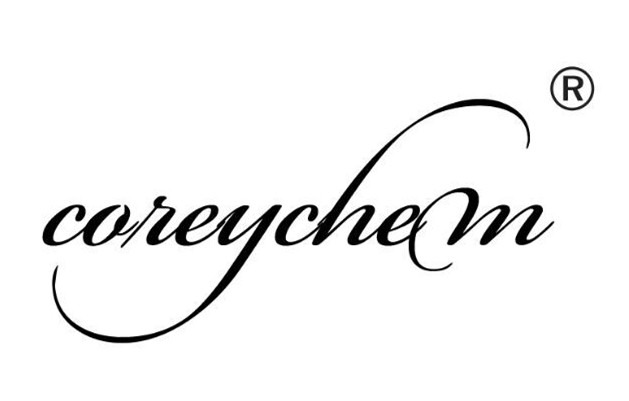| Chemical Properties |
White Solid |
| Uses |
Antihistaminic, antiemetic, CNS depressant |
| Uses |
stool softener |
| Uses |
For the treatment of allergic disorders, and nausea/vomiting. |
| Definition |
ChEBI: The hydrochloride salt of promethazine. |
| Uses |
Promethazine is a first generation histamine H1 receptor antagonist (Ki = 2.6 nM) whose antihistamine activity has been reported in guinea pigs and mice at ED50 values of 0.43 and 5.9 mg/kg, respectively. Promethazine can penetrate the CNS, depressing central H1 receptor activity, which may relate to its sedative properties, and can also inhibit muscarinic acetylcholine receptors (Ki = 22 nM). Furthermore, 32 mg/kg promethazine demonstrates antiemetic effects in ferret models of motion sickness or chemotherapy-induced nausea. |
| General Description |
Odorless white to faint yellow crystalline powder. Bitter taste. A 10% solution in water has a pH of 3.5-5.0. |
| Air & Water Reactions |
Slowly oxidizes in air, acquiring a blue color. Also turns blue on exposure to moisture. Water soluble. |
| Reactivity Profile |
Promethazine hydrochloride is sensitive to light. In aqueous solution, Promethazine hydrochloride is degraded by heat and light (more rapidly in air or oxygen). Incompatible with alkalis and alkaline solutions such as those of aminophylline, soluble barbiturates and phenytoin sodium. Iron(III) and copper(III) accelerate the degradation . |
| Fire Hazard |
Flash point data for Promethazine hydrochloride are not available; however, Promethazine hydrochloride is probably combustible. |

 China
China







